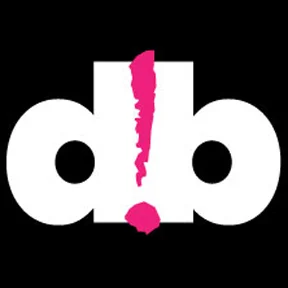[Crosby does it again, but for most kids playing hockey, the NHL is just a dream. -- TheScore.com]
At age 29, Sidney Crosby is a top hockey player in the NHL who has earned two Stanley Cups, two Olympic gold medals and a laundry list of other awards. He’s worth a reported $45-million, thanks to his $12-million salary and rich endorsement deals.
Crosby grew up in a normal middle-class household in Cole Harbour, N.S., and he made it to the big leagues in a big way. But is Sid the Kid’s success a realistic goal for other Canadian kids?
Nope. In fact the chances of a minor hockey player even playing in one NHL game are 0.1 per cent, and getting to that point requires years of hard work, dedication, and money.
It can cost between $10,000 and $20,000 per year for the training a young hockey player needs to be a contender, writes Ken Campbell in his book Selling The Dream. That money goes to high-end trainers, spring and summer competition, travel and more.
Elite training schools cost far more than university, which average $6,373 per year in Canada. High school tuition at Edge School in Calgary is $17,400, with additional fees of $9,000 to $16,500 for hockey team programs. It’s not just hockey parents breaking the bank for their kids, the school also teaches aspiring figure skaters, golfers, soccer players and dancers.
Who plays organized sports?
The most recent Statistics Canada report from 2008 stated that children from households with the top 20 percent of incomes and parents who are highly educated were much more likely to participate in organized sports than those from lower-income families.
Rates of participation among children aged 5 to 14 were found to be highest in Atlantic Canada (61 per cent) and lowest in British Columbia (44 per cent) and Quebec (48 per cent).
At the municipal level, rates were low in Canada’s three largest cities (Toronto, Montréal and Vancouver) where less than half (47 per cent) of children participated. Rates were highest in smaller cities and towns with populations between 10,000 and 50,000 (58 per cent).
What sports are kids playing?
Enrollment in hockey has been declining in recent years, with swimming, soccer, and dance rated the most popular, according to the Canadian Youth Sports Report. Hockey came fourth, ahead of skating, basketball and gymnastics.
How do people pay for high-end sports?
Many Canadians (60 per cent, down from 66 per cent two years ago) believe that every child should have the chance to play hockey, and some are willing to resort to drastic measures to pay for it. A survey conducted for C.S.T. Consultants earlier this month found that 45 per cent are borrowing money or using their own retirement savings for extra-curricular activities or know someone who is.
About a third of parents are pulling their own kids from extra-curricular activities due to cost, or know someone who has.
Money Better Spent
If you’re not spending money on hockey skates and training camps, how can you help your children prepare for their adult lives?
Buying Registered Education Savings Plans (RESP) are by far the best way to save for your kids’ education, says Peter Lewis, Vice President of C.S.T. Consultants Inc., an RESP provider that released the survey findings in a report titled Beyond the Blue Line.
Admitting his bias towards RESPs, Lewis explained that with the federal government matching up to 20 percent of RESP contributions (up to $500 per year), this is by far the most effective way to save for your child’s education. Once maxed out, parents could consider tax-free savings accounts or trusts.
Are Parents Buying?
Only half of parents are saving for their child’s post-secondary education, despite up to $7200 in free money, says the report.
Lewis adds that RESPs can be used for any post-secondary training such as trade schools, apprenticeships part-time studies as well as university.
Finding Balance
If you want your kids to have it all, create a budget, says Lewis. Start with a savings plan, and be disciplined with the remainder. He suggests considering public sports programs, buying used equipment instead of new, and pursuing sports because they enjoy them without sacrificing education for an unlikely pro-sports dream.

